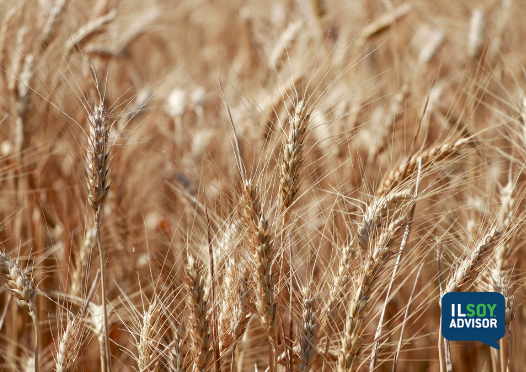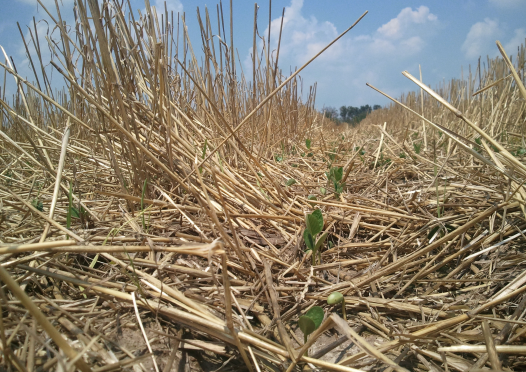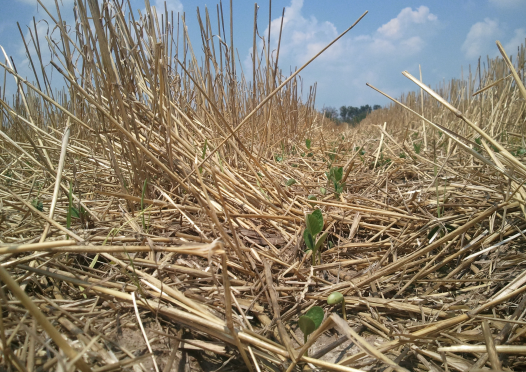ILSOYADVISOR POST
2019 Double-Crop Soybeans
The long and drawn out harvest in Southern Illinois continues and will most likely have extended into December this year. Full season and double-crop soybean yields have been above average for the most part. The two largest contributing factors to these higher than usual yields have been an earlier planting date and timely late August and September rains.
Wheat harvest occurred about a week earlier than normal this year. The months of May and June in Southern Illinois were hotter and dryer than normal with May setting a record in many counties. This contributed to rapid early maturity and lower yields of the wheat crop.
Double-crop soybeans were planted the second and third week of June into very dry soil conditions. Many commented that there was little or no moisture at planting depths of 1.5 to 2 inches. Some decided to plant the beans into the dry soil while others decided to wait until it rained. This is always a difficult decision to make with double-crops, but planting early seems to have been the right choice this year. Those beans were in the soil about seven days before rainfall came, in large amounts in some areas, and helped get them started. Those that waited were planting 10 days or more later after the rain.
Earlier planted soybeans tended to be higher yielding than those planted after the rain. Almost ideal growing conditions in August and September, along with timely rains in most areas, helped contribute to ideal growing conditions for the double-crops. The earlier planted beans had more height and canopy coverage than those planted 14 days later. Regardless of planting date, it is not uncommon to hear 50- to 70-bushel double-crop yields this year.
The biggest factor hampering harvest, though, was the early October frost. In many instances double-crops were still very green and had yet to even begin turning when the frost came. In some cases, later maturity group beans were still blooming in a few places. This frost event helped turn the beans, but they never really “matured” or dried down properly. Cloudy weather with frequent light rains kept the plants green even though the leaves were killed and fell off the plant. This weather pattern also kept bean seeds from drying down. Reports of double-crops being cut the week of Thanksgiving showed moisture running between 13 and 22 percent.
All in all, it was a very good year for double-crop bean yields, even with the challenges the crop faced at planting and harvest.





Comments
Add new comment